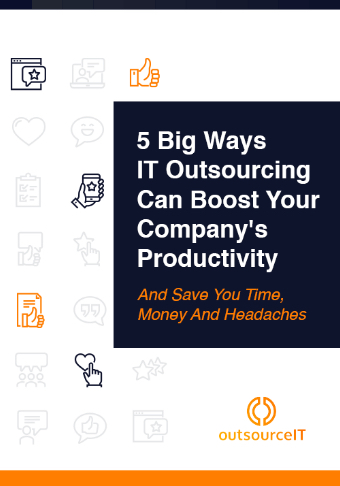Data is one of the most valuable business assets, and that’s why criminals are constantly on the lookout for any opportunity to exploit it. All businesses are potential victims of data breaches, regardless of their size or industry. It also doesn’t help that anyone in the company can be targeted by social engineering scams, just as any device may be exploited by a malware attack. This is why a solid data protection strategy is more crucial than ever.
Data protection refers to a set of systems and processes designed to protect digital data. This may include customer payment data, protected health information, intellectual property, or anything else regulated by internal policy or government-mandated compliance regulations. A robust data protection strategy involves the following activities:
1. Document your data protection strategy
Scale is perhaps the biggest challenge facing today’s businesses. Even a small business may have data stored across hundreds of different devices, apps, and systems. These days, it’s never long before technology infrastructures get so large and so complicated that they become impossible to manage. To prevent that from happening, you need to maintain a full inventory and documentation of your data protection strategy. This is a living document that needs to be updated regularly to validate your efforts to protect your data.
2. Provide ongoing employee training
Contrary to popular belief, most cyberattacks don’t involve hooded hackers skimming through endless lines of code. Instead, they’re usually perpetrated by social engineering scammers, who often don’t know any more about technology than their victims. Employees should be properly trained to identify common social engineering tactics, such as phishing emails and malicious websites masquerading as those belonging to legitimate companies.
These training sessions should take a hands-on approach for maximum engagement and relevance. Phishing simulations, in particular, are great for teaching employees what social engineering attacks look like so they’re better prepared for the real thing.
3. Implement robust monitoring and reporting
Every packet of data traffic that leaves your network from any app or system that transmits sensitive data needs to be monitored exhaustively. You need to maintain a full audit trail of every activity across your network, no matter where your endpoints physically live or where your employees work. You also need to think beyond conventional network firewalls to include proactive measures like intrusion detection and prevention. Data loss prevention (DLP) tools can help you stop data leaks before they happen by automatically blocking outgoing data across unsecured or unapproved lines of communication.
4. Take a multilayered approach to security
Business leaders need to think of data protection as a multilayered approach incorporating a wide range of systems and processes. For example, if an attacker uses a social engineering scam to successfully get their hands on a user’s login details, they still won’t be able to access the system if you have multifactor authentication in place.
In another case, if an eavesdropper manages to intercept sensitive data being sent across an unsecured public wireless network, they won’t be able to view it if it’s fully encrypted. Every transmission of potentially sensitive data, as well as the storage systems designed to house it, should be protected with multiple layers of security.
5. Incorporate backup and disaster recovery
There’s no such thing as a perfect data protection infrastructure, no matter how much you’re prepared to spend. Businesses should always plan and prepare for the worst-case scenario. After all, man-made or natural disasters can strike at any time. Backup and disaster recovery are critical to business continuity, and they also play an integral role in your data protection strategy. When formulating your recovery goals, be sure to consider how much data you can afford to lose, and the maximum amount of time it should take to recover your systems.
outsourceIT helps businesses reduce risk and innovate rapidly without breaking the bank. Call us today to safeguard your most precious business assets.
5 Big Ways IT Outsourcing Can Boost Your Company's Productivity!
Before you can honestly consider outsourcing IT management, you need to be 100% confident that it will solve problems and unclog bottlenecks.


